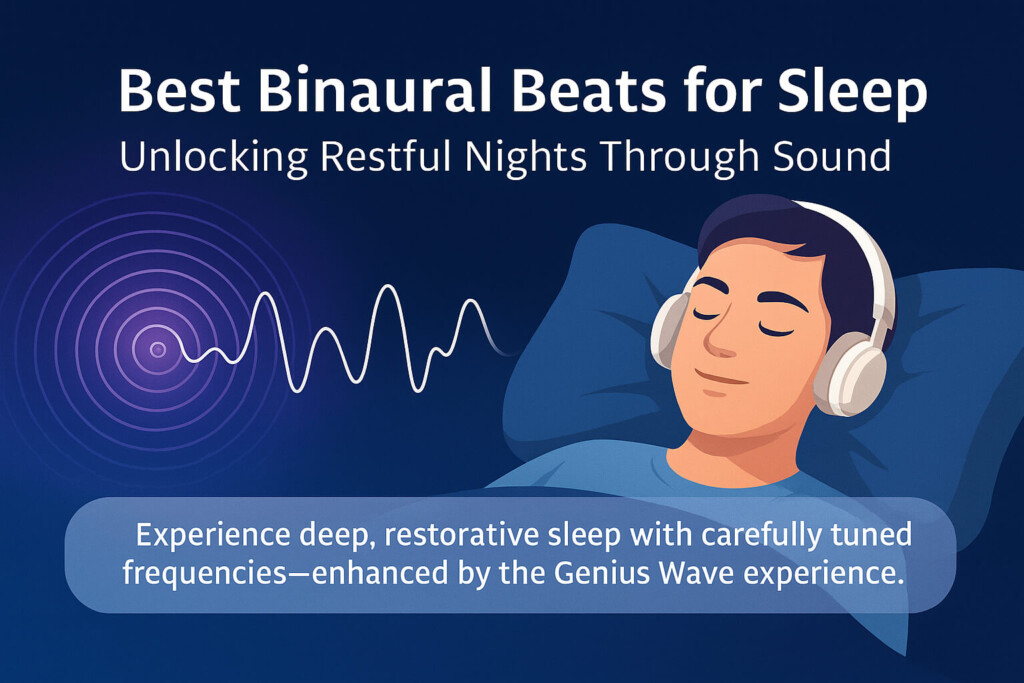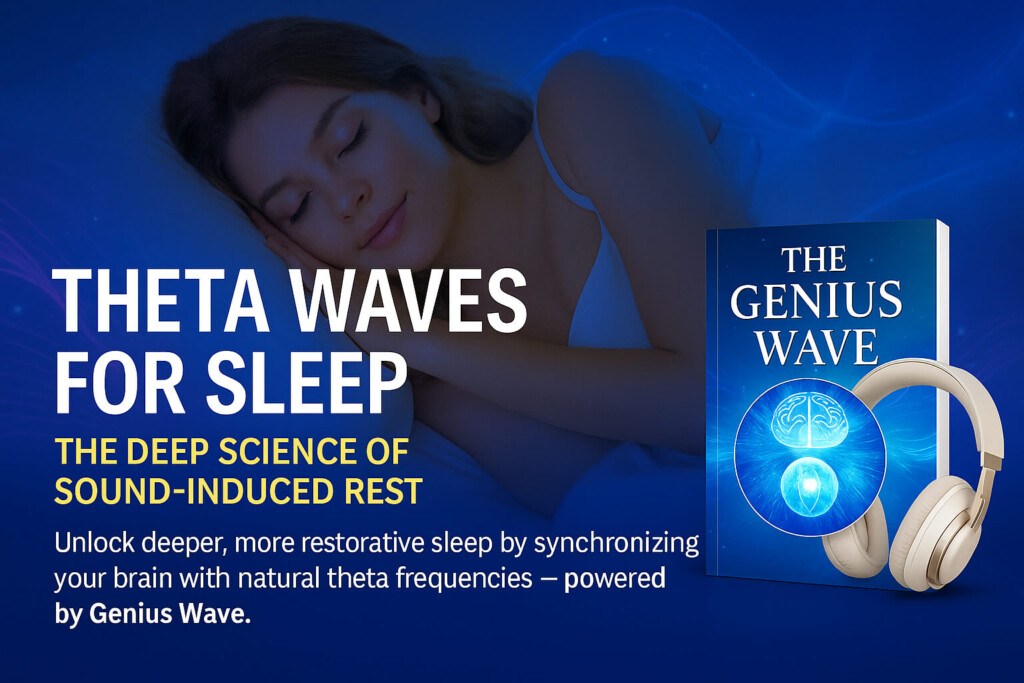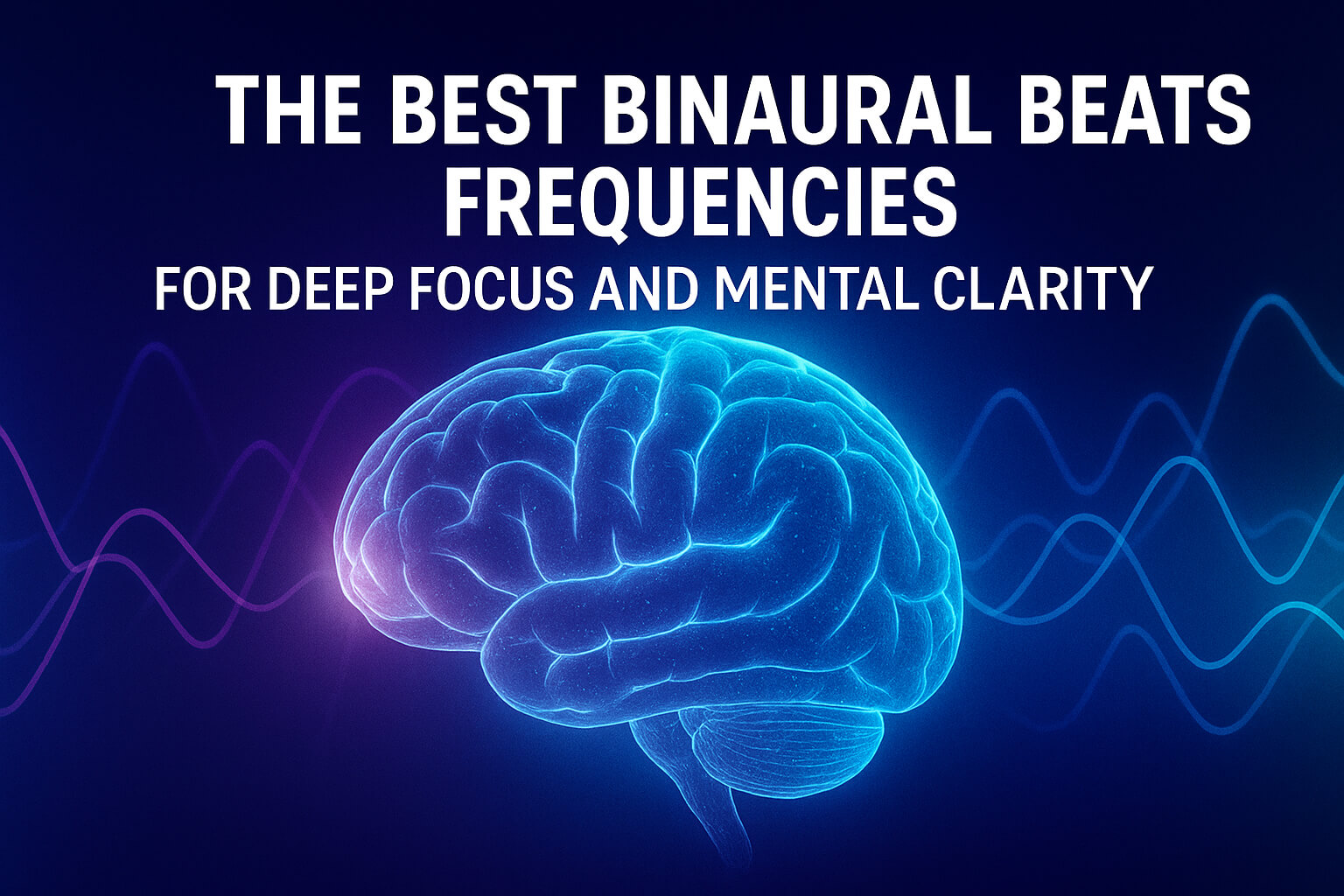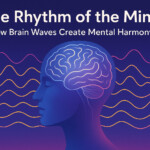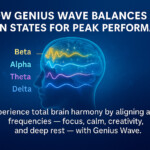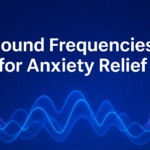Now Reading: Binaural Beats for Sleep vs. Isochronic Tones: Which Works Better for Deep Rest?
- 01
Binaural Beats for Sleep vs. Isochronic Tones: Which Works Better for Deep Rest?
Binaural Beats for Sleep vs. Isochronic Tones: Which Works Better for Deep Rest?
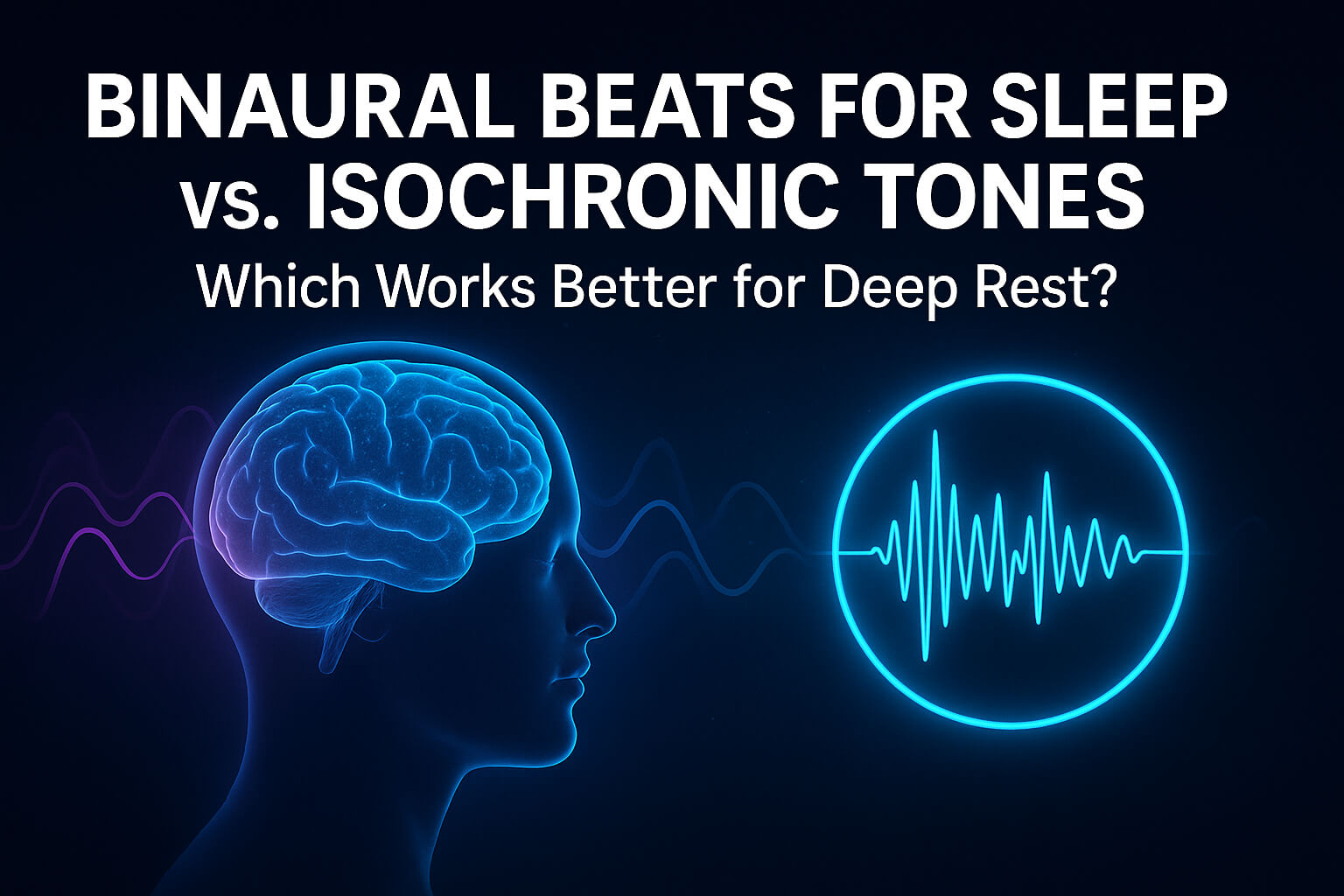
🌙 Introduction: The Science of Sound-Induced Sleep
In a world of constant stimulation and endless scrolling, restful sleep has become a rare luxury.
For many, natural sleep aids like binaural beats and isochronic tones have become the ultimate solution — non-invasive, drug-free, and backed by neuroscience.
Both sound techniques claim to guide your brain into slower frequencies linked to relaxation and deep sleep. But which one actually works better?
Let’s dive into the science behind each and uncover the best way to tune your brain for rest.
🎧 What Are Binaural Beats?
Binaural beats are created when you listen to two slightly different frequencies — one in each ear.
Your brain detects the difference between these tones and “creates” a third phantom beat that matches a specific brainwave range.
For example:
Left ear: 200 Hz
Right ear: 206 Hz
The brain perceives: 6 Hz (Theta range)
This subtle internal rhythm encourages your mind to synchronize with it — a process called brainwave entrainment.
For sleep, the ideal frequency range is Delta (0.5–4 Hz) and Theta (4–8 Hz), which are linked to deep, restorative rest and vivid dreaming.
When you listen to binaural beats, your brain naturally slows down, helping you release tension and fall asleep more easily.
🔊 What Are Isochronic Tones?
Isochronic tones work differently.
They use a single pulsing tone that turns on and off at a specific rate — no headphones needed.
This pulse rhythmically stimulates your brain, almost like a metronome guiding your internal clock into slower cycles.
Research shows that the sharp, repetitive pattern of isochronic tones is highly effective for Delta entrainment, the brainwave range of dreamless, deep sleep.
Users often describe isochronic tones as stronger and more “direct” than binaural beats — great for people who have trouble switching off mentally before bed.
🧠 Binaural Beats vs. Isochronic Tones: The Key Differences
While both methods share the same goal — relaxation and brainwave synchronization — they differ in how they achieve it:
Binaural beats are smoother and more immersive, ideal for relaxation before sleep.
Isochronic tones deliver sharper pulses that can quickly push the brain into Delta states.
Binaural beats require headphones, while isochronic tones work through regular speakers.
Isochronic tones often produce faster, stronger entrainment, making them more suitable for deep sleep sessions.
If you’re looking for gentle calm before bed, binaural beats are your go-to.
If you want quick entry into deep sleep, isochronic tones might give you faster results.
💤 The Sleep Frequency Connection
For sleep optimization, the key is to target frequencies that naturally occur during the transition from wakefulness to deep rest:
Theta waves (4–8 Hz): Dreamy, creative, pre-sleep relaxation.
Delta waves (0.5–4 Hz): Deep, restorative, unconscious sleep.
Both binaural and isochronic methods can activate these frequencies.
However, programs like Genius Wave Sleep Audio use multi-layered entrainment, blending Delta, Theta, and Alpha harmonics for full-cycle recovery.
This means your brain doesn’t just fall asleep — it rejuvenates.
🔬 What Studies Show
Recent neuroscience studies suggest that auditory entrainment improves sleep onset and quality by regulating melatonin levels and calming the central nervous system.
Participants who used Delta-range tones before bed showed:
Reduced time to fall asleep
Fewer night awakenings
Improved mood and focus the following day
Both binaural beats and isochronic tones are effective, but the best results occur with consistent nightly use — ideally 15–30 minutes before sleep.
🌌 The Verdict: Which Is Better?
So, which one wins?
That depends on your goal.
For relaxation and stress relief, binaural beats offer a smoother, meditative experience.
For faster sleep induction and deep Delta entrainment, isochronic tones deliver stronger stimulation.
Ultimately, combining both — using binaural beats early in the evening and switching to isochronic tones at bedtime — creates a powerful dual-phase sleep routine.
🧩 Final Thoughts
Your brain is a symphony of frequencies — and sound is the conductor.
Whether you choose binaural beats or isochronic tones, the key is consistency and environment.
Put on your headphones, dim the lights, and let frequency guide you home to stillness.


